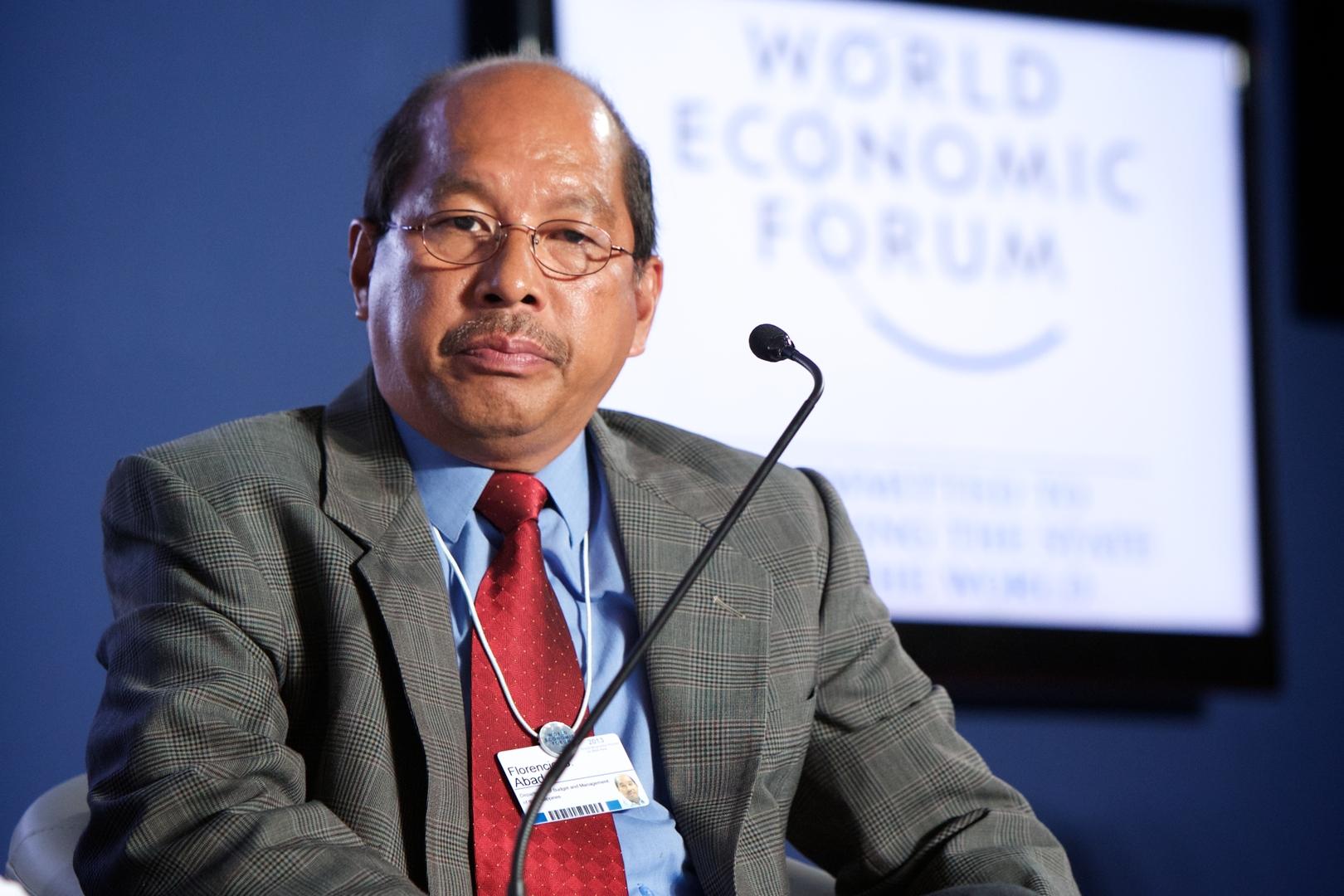Business and Economy
Abad optimistic on Eastern Visayas’ recovery, contribution to PHL economy
MANILA — Devastation caused by natural calamities in a wide area of the Visayas in the last quarter of 2013 was considered as a major factor in the slowdown of the Philippine economy in the first quarter of 2014.
From the downwardly revised 6.3 percent output, as measured by the gross domestic product (GDP), in the fourth quarter of 2013, growth further decelerated in the first three months of 2014 to 5.7 percent.
In 2013, Eastern Visayas contributed 2.2 percent of the country’s total output. It has historically been a laggard in terms of domestic expansion, making it among the poorest regions in the country.
Designated as the country’s Region 8, Eastern Visayas is primarily an agricultural region, with more than half of its four million population benefiting directly and indirectly from agriculture.
Around 70 percent of its crop land are planted with coconut, most of which were destroyed last November by super typhoon “Yolanda” — considered to be one of the world’s strongest cyclones.
This is why the region is one of the key factors the country is known as the second biggest coconut exporter in the world.
With the reconstruction and rehabilitation of Eastern Visayas now underway, Department of Budget and Management (DBM) Secretary Florencio Abad is confident that the region will eventually regain what it lost and even exceed what it had.
“This tragedy will turn into an opportunity for Eastern Visayas because following the policy that we will build back better, that means they will have better schools, better hospitals, better houses, better located houses, (and) more livelihood than before. That’s going to boost the economy of this area,” he told the Philippines News Agency in an interview.
President Benigno S. Aquino III has mandated that all new infrastructure projects to be built in areas damaged by “Yolanda” must be typhoon- and earthquake-resilient.
Construction of permanent houses is just starting, six months after the typhoon, but economic managers have assured that all the survivors who lost their houses are in tents or bunkhouses and given food supplies.
Those whose houses were only partially damaged have been given construction materials to repair their residential structure.
Aside from provisions for housing, the victims are also given livelihood assistance like boats and fishing nets for the fishermen and seeds and other planting materials for the farmers.
Livelihood assistance has been extended to the victims who lost their sources of income but can get back to their feet once they get equipment and other necessary materials.
For one thing, the coconut farmers have been advised to plant not just coconut but high-value and high-yielding crops that they can harvest faster so they would be able to have income earlier and be able to regain their lives.
Abad said that since Eastern Visayas has partly recovered as trading has resumed and some people have found jobs and not just rely on the food-for-work program of the government and the private sector, the region’s economy is slowly recovering.
He said its impact on the country’s GDP will not be felt immediately but it is possible that it will have a little contribution, instead of totally none, in the second quarter output.
“I’m sure you’ll be able to see that in the second quarter, because the (recovery and rehabilitation) projects are now being implemented. Growth in the first quarter went down because everybody (in Eastern Visayas and neighboring areas) is just trying to build up,” he added.






















